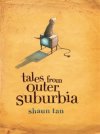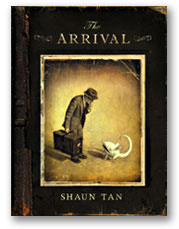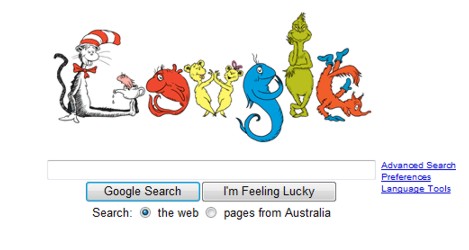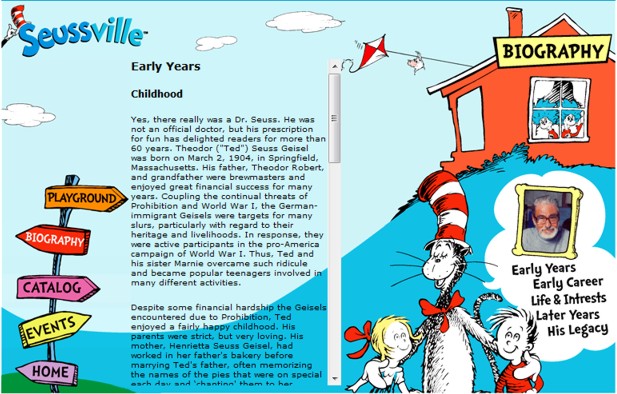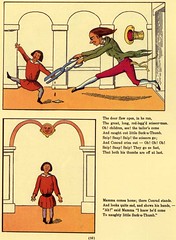Shaun Tan and Markus Zusak, two of Australia’s favourite and most talented authors/illustrators, have received international acclaim by winning in two of the major categories at the Deutsche Jugendliteraturpreis, Germany’s most prestigious awards for children’s and YA books.
Shaun Tan received first prize for the Picture Book category for his Tales from outer suburbia and Markus Zusak won the Youth Jury prize for The Book Thief.
According to Tim Coronel in Publishing Perspectives, the award jury commented on Tan’s book that
‘the way that pictures and words work together in this carefully designed book is perfect.’
The Youth Jury also commented on Zusak’s story that
‘many individual stories of the experience of youth in the Second World War have been written, but none match up to the narrative of this book.’ That’s a serious recommendation, especially from a German judge, considering the enormous output of literature on this subject.
The whole problematic issue of picture books and their audience continues to generate debate. In our school library, the picture books shelf conceals many illustrated stories worth deeper analysis in the classroom, but few will remember this as they pass them by.
Shaun Tan describes his picture books on his website:
They are best described as ‘picture books for older readers’ rather than young children, as they deal with relatively complex visual styles and themes, including colonial imperialism, social apathy, the nature of memory and depression.
Understanding Shaun Tan’s thinking behind his picture books is a key to understanding just where Tan’s books belong. Michelle Pauli has written a very interesting article about Shaun Tan in The Guardian. Although Shaun’s books depict ‘a surreal world of bizarre animals, skew-whiff buildings, dreamlike landscapes and invented languages’, his books are far from fairy tales or pure fantasy, and that is because ‘Tan’s worlds, however fantastical they may appear on first glance, have their own internal logic. It is what he describes as “groundedness”, and he regards it as crucial to the success of the stories’.
“By itself, just to draw crazy creatures has limited appeal – if I had to give up one thing it would be the wild imagination. When the work becomes too detached from ordinary life it starts to fall apart. Fantasy needs to have some connection with reality or it becomes of its own interest only, insular. In The Lost Thing, to have creatures flying around is unsatisfactory without the context. It works because it exists in opposition to the world in the rest of the story.”
The fact that we still cling to narrow categories, such as ‘picture books’ and ‘Young Adult’ not only confuses readers but also pre-judges and precludes books from taking their place in the world of serious literature. Yes, many people understand and appreciate the complexity of Tan’s picture books and graphic novels (The arrival), but many more won’t give them a second chance when they see the children’s book award sticker or don’t even see them at all if they’re displayed in the children’s section of the book shop. As Tan says,
One bookseller in Australia took the children’s book award sticker off The Red Tree as he felt he could sell more that way, and sold an extra 30-40 copies a month. It’s about simple things like font size – people think they can judge the age a book is for by the font size and assume that it’s for little kids if it has a big font, but that’s silly. I don’t worry too much about those things as the creator because I figure that the books will find their own audience and sometimes I like the idea that they can give adults a surprise pleasure.
It’s interesting how readers feel there must be a definite meaning within the symbolism of Tan’s books. Tan himself avoids being pinned down to a single interpretation.
Tan is reluctant to delve too deeply into the “meanings” of his fables. Towards the end of The Lost Thing he writes, “Well, that’s it. That’s the story. Not especially profound, I know, but I never said it was. And don’t ask me what the moral is.”
If artworks cannot be pinned down to a clear and definitive interpretation, then picture books of Tan’s calibre are surely written and illustrated with the same infinite possibilities in mind. How could an artist have predicted, for example, all the interpretations that would come out of his or her painting? One thing is for sure – so-called children’s books, such as those by Shaun Tan and Markus Zusak, are fertile ground for rich discussion.
This has been cross-posted at Fiction is like a box of chocolates.




